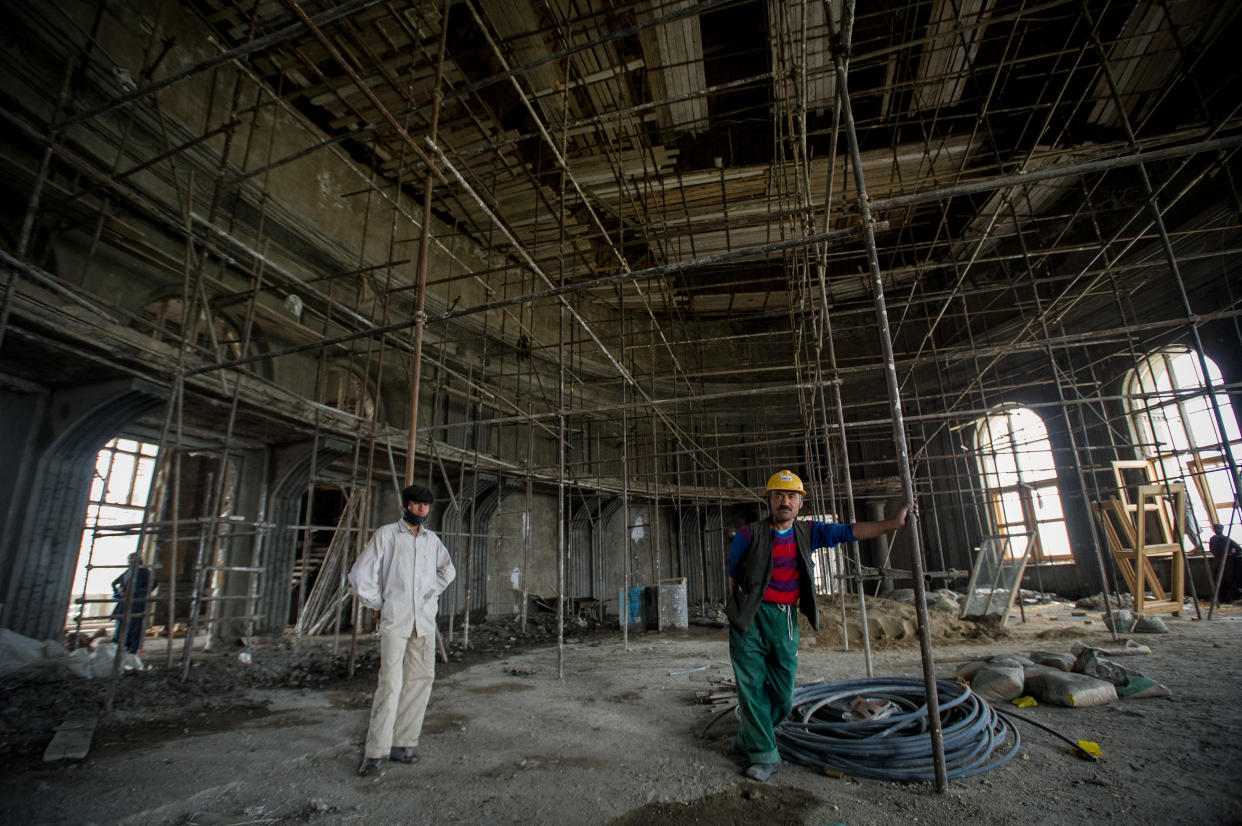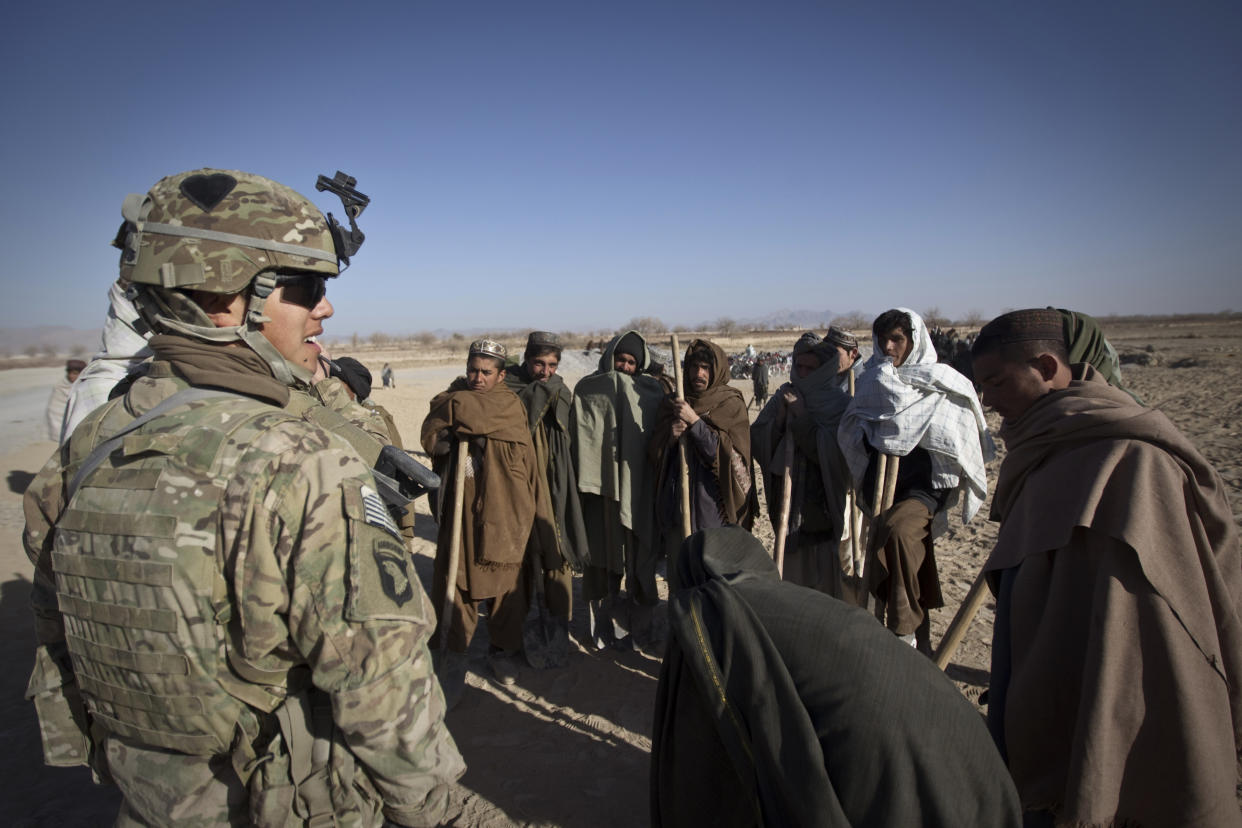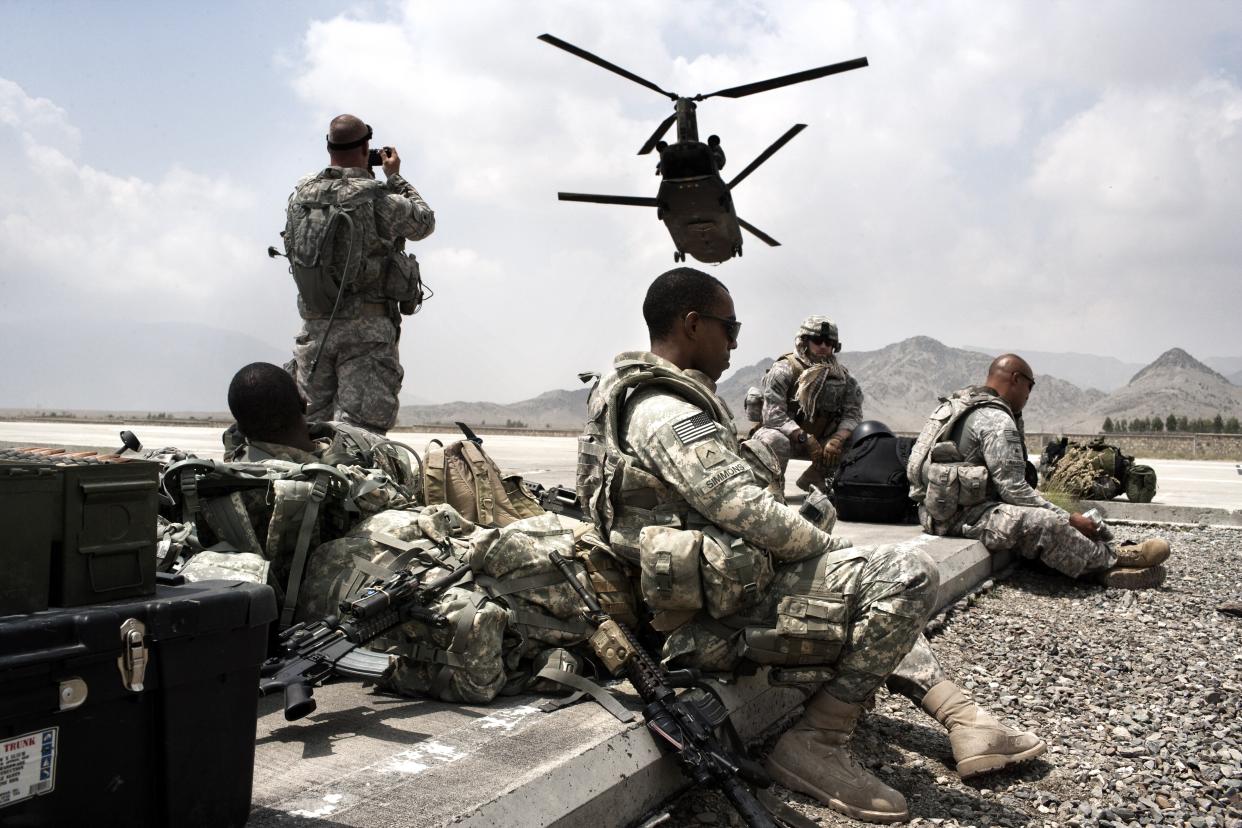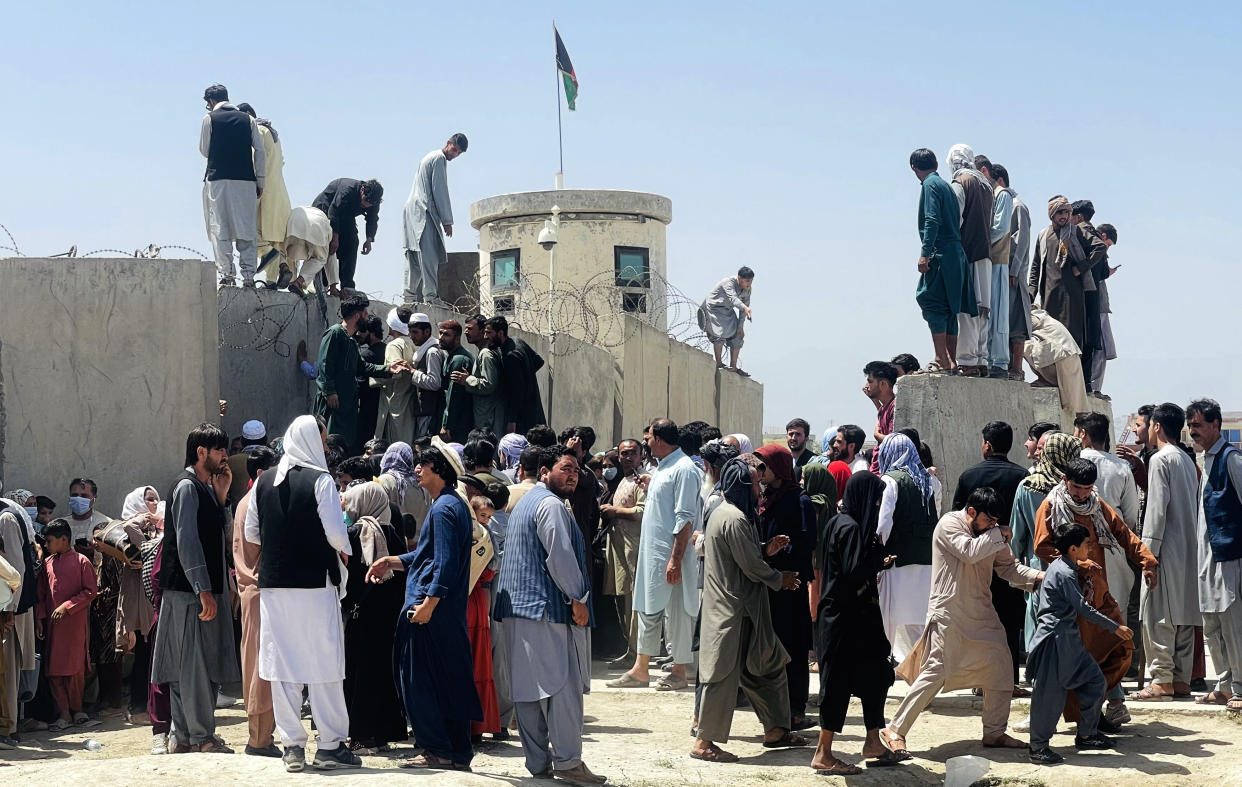Government watchdog: America's failure in Afghanistan driven by hubris and short-term thinking
A government review of America’s 20 years in Afghanistan, released Monday, found deep and systemic errors in the U.S. effort to rebuild Afghan society and concluded that the mission was always doomed to fail because of short-term thinking, cultural hubris, insufficient on-the-ground intelligence and goals that were overbroad and always shifting.
“The U.S. government was simply not equipped to undertake something this ambitious in such an uncompromising environment, no matter the budget,” said the 124-page report, issued by the Special Inspector General for Afghanistan Reconstruction.

“The U.S. government has now spent 20 years and $145 billion trying to rebuild Afghanistan, its security forces, civilian government institutions, economy, and civil society. The Department of Defense (DOD) has also spent $837 billion on warfighting, during which 2,443 American troops and 1,144 allied troops have been killed and 20,666 U.S. troops injured,” the report found. “Afghans, meanwhile, have faced an even greater toll. At least 66,000 Afghan troops have been killed. More than 48,000 Afghan civilians have been killed, and at least 75,000 have been injured since 2001 — both likely significant underestimations.”
National security adviser Jake Sullivan said on Tuesday that the report’s major findings concluded that the Afghan military did not have “the will to stand up and fight for itself.” But that assertion was not the focus of the report, which instead pointed the finger squarely at U.S. personnel and political leadership for the failure.
The watchdog, created in 2008, has issued numerous scathing reports of U.S. reconstruction efforts in Afghanistan over the years. The office’s unvarnished findings have earned the inspector general the respect of policymakers and politicians alike, though arguably little has been done to address the shortcomings its reports pointed out.
The current report is based on more than 760 interviews and “thousands of government documents.” One of its biggest themes is the lack of long-term planning and thought that characterized U.S. efforts.
“The U.S. reconstruction effort in Afghanistan could be described as 20 one-year reconstruction efforts, rather than one 20-year effort,” the report stated.

“Reconstruction programs are not like humanitarian aid; they are not meant to provide temporary relief. Instead, they serve as a foundation for building the necessary institutions of government, civil society, and commerce to sustain the country indefinitely,” the report said in another section. “U.S. agencies were seldom judged by their projects’ continued utility, but by the number of projects completed and dollars spent.”
The report attributed this short-termism to “overwhelming pressure from Congress and agency leadership” to demonstrate quick results. In other words, officials in Washington were too busy worrying about how their job performance was being judged here in the U.S. to give agencies, such as the U.S. Agency for International Development, the time to set up programs that would potentially help Afghans over the long term.
“The 2009 District Delivery Program, a $40 million effort to rapidly deploy Afghan civil servants to districts recently cleared by U.S. and Afghan troops, was cancelled after disbursing only $2.4 million because the Afghan practice of keeping records on paper was slow and cumbersome, and USAID misconstrued the failure to promptly account for expenditures as evidence of corruption,” the report stated.
The short-term thinking also led to what the report said was “one of the most significant failures of the mission,” which was “unqualified and poorly trained” U.S. personnel throughout the effort. “Those who were qualified were difficult to retain,” the report said. Defense Department “police advisors watched American TV shows to learn about policing, civil affairs teams were mass-produced via PowerPoint presentations, and every agency experienced annual lobotomies as staff constantly rotated out, leaving successors to start from scratch and make similar mistakes all over again.”

In addition, “monitoring and evaluation” efforts — which are crucial to determining what is working and what is not — were “underemphasized and understaffed because the overall campaign focused on doing as much as possible as quickly as possible, rather than ensuring programs were designed well to begin with and could adapt as needed.”
And then there was the cultural hubris and lack of good information. The report noted a widespread lack of appreciation for the differences between U.S. and Afghan culture. “The U.S. government did not understand the Afghan context and therefore failed to tailor its efforts accordingly. Ignorance of prevailing social, cultural, and political contexts in Afghanistan has been a significant contributing factor to failures at the strategic, operational, and tactical levels,” it said.
“U.S. officials were consistently operating in the dark, often because of the difficulty of collecting the necessary information.”
Ominously, that lack of good data foreshadowed the Biden administration’s failure to foresee the rapid collapse of the Afghan government in the face of the Taliban’s advance over the past days. Thousands of American citizens remain in the country seeking to escape, with tens of thousands more Afghans also trying to make their way to the only place the U.S. military still controls: the international airport in the capital, Kabul.
Yet despite a repetitive cycle of failures driven by short-termism and its many downstream effects, U.S. political leaders continued to throw blood and treasure into the breach, with a set of goals that consistently shifted.

“The extraordinary costs were meant to serve a purpose — though the definition of that purpose evolved over time,” the report found. “At various points, the U.S. government hoped to eliminate al-Qaeda, decimate the Taliban movement that hosted it, deny all terrorist groups a safe haven in Afghanistan, build Afghan security forces so they could deny terrorists a safe haven in the future, and help the civilian government become legitimate and capable enough to win the trust of Afghans. Each goal, once accomplished, was thought to move the U.S. government one step closer to being able to depart. While there have been several areas of improvement ... the U.S. government has been often overwhelmed by the magnitude of rebuilding a country that, at the time of the U.S. invasion, had already seen two decades of Soviet occupation, civil war, and Taliban brutality.”
But despite the report’s skepticism that the U.S. reconstruction could ever have succeeded, its main warning was that the U.S. government actually needs to invest more time and resources preparing for the next occasion when it has to go into a struggling nation and prop up its military and government.
“Rather than motivating the U.S. government to improve, the difficulty of these missions may instead encourage U.S. officials to move on and prepare for something new,” the report warned. That would be a mistake, the authors wrote.
“Rebuilding countries mired in conflict is actually a continuous U.S. government endeavor, reflected by efforts in the Balkans and Haiti and smaller efforts currently underway in Mali, Burkina Faso, Somalia, Yemen, Ukraine, and elsewhere,” the report said. “Large reconstruction campaigns usually start small, so it would not be hard for the U.S. government to slip down this slope again somewhere else and for the outcome to be similar to that of Afghanistan.”
____
Read more from Yahoo News:


